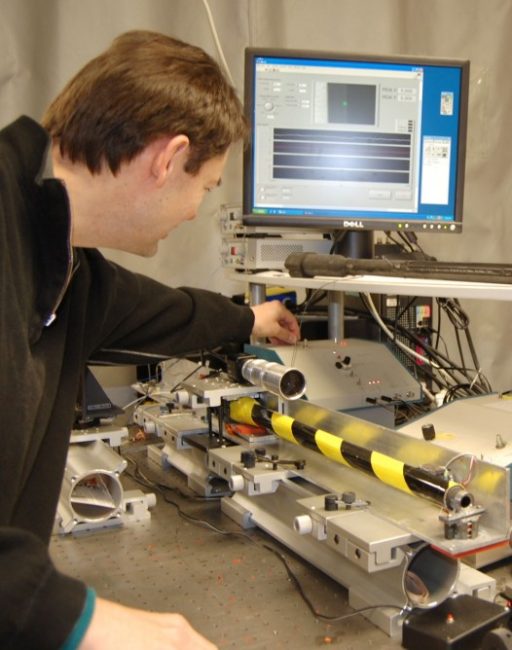Lockheed Martin’s HALE-D airship learns to fly, makes a crash landing and the HALE-D blimp was designed to float above the jet stream at 60,000 feet and can be used for reconnaissance, intelligence and other purposes often accomplished by satellites, but at lower cost. The high-altitude ship was being tested as a communications relay for the army and the ship is 270 feet long, 70 feet in diameter and filled with helium and air, which were released gradually to bring the ship to Earth……………..
The U.S. Army and Lockheed Martin launched the first-of-its kind High Altitude Long Endurance-Demonstrator, demonstrating a number of key technologies critical to development of unmanned airships. The aircraft successfully launched at 5:47 a.m. out of the Airdock in Akron, Ohio. The airship reached an altitude of approximately 32,000 feet, however, a technical anomaly prevented the airship from attaining its target altitude of 60,000 feet and the HALE-D team decided to terminate the flight. The aircraft descended without incident at 8:26 a.m. in southwestern Pennsylvania to a predetermined landing location. Lockheed Martin is coordinating with state and local authorities to recover the airship. They have confirmed that no injuries or damage were experienced during this landing in a heavily wooded area. “While we didn’t reach the target altitude, first flights of new technologies like HALE-D also afford us the ability to learn and test with a mind toward future developments,” said Dan Schultz, vice president ship and aviation systems for Lockheed Martin’s Mission Systems & Sensors business. “We demonstrated a variety of advanced technologies, including launch and control of the airship, communications links, unique propulsion system, solar array electricity generation, remote piloting communications and control capability, in-flight operations, and controlled vehicle recovery to a remote un-populated area.”
The HALE-D is an unmanned solar-powered lighter-than-air vehicle designed to hover 12 miles above the earth’s surface for extended periods of time. The airship is designed to demonstrate advanced new technologies and capabilities for keeping American soldiers safer through improved communications. Lockheed Martin is in the process of recovering the airship and will conduct a full evaluation. The U.S. Army Space and Missile Defense Command/Army Forces Strategic Command (SMDC/ARSTRAT) contracted with Lockheed Martin to develop the High Altitude Airship program to improve the military’s ability to communicate in remote areas such as those in Afghanistan, where mountainous terrain frequently interferes with communications signals. The airship will serve as a stationery long-term overhead platform for a telecommunications relay system that will expand the range and reliability of battlefield communications.
[ttjad keyword=”general”]





